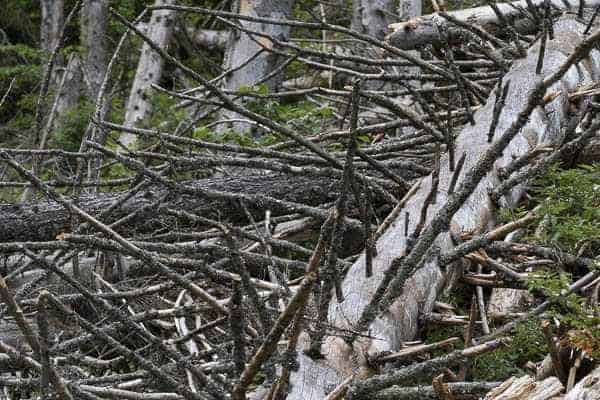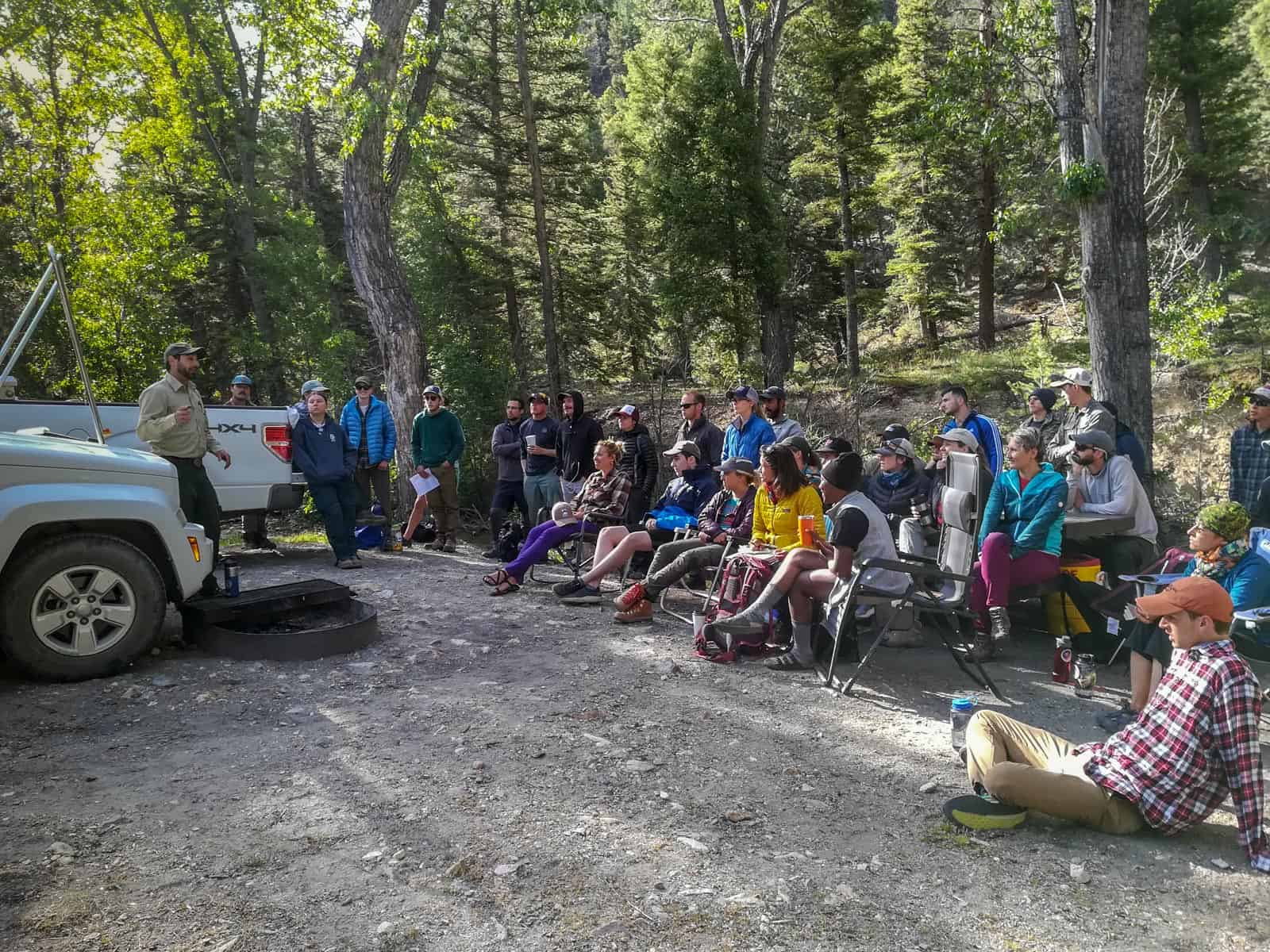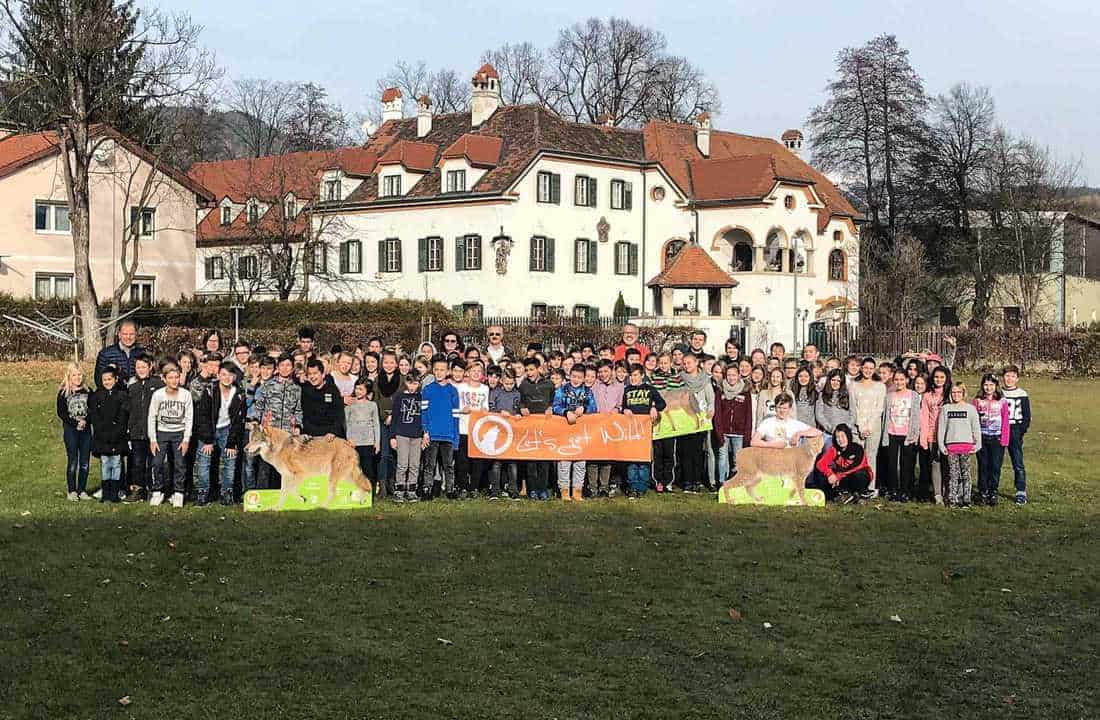Workshops on livestock protection with youngsters from all over Europe
By the end of September, a group of young people from Austria, Germany and Italy got to know about the different and most innovative methods of livestock protection. These youngsters were taught during 3 workshop sessions by experts from European Wilderness Society, Eliante and Naturschutzhunde – detection dogs.
At the beginning, the young people got to know about the different methods of livestock protection that exist all over Europe. These methods are very important whenever humans and their livestock live in regions where also predators like bear, wolve, lynx or golden jackal occur. As all of these animals are strictly protected according to the European nature conservation law (Habitats Directive) and provide a lot of benefits to rich biodiversity, humans have to learn how to coexist with these animals, who have been hunted and extirpated for a very long time and are now coming back to their original home regions.
Old methods that have been existing for several hundred years like guided grazing and shepherds, have disappeared with the disappearance of these animals and experience now a revival, also offering new job possibilities.
The young people also reported their own experiences from their home countries, where predators and humans coexist. Therefore, a very lively exchange took place.
Following the nose of a dog for nature conservation
The expert from the Austrian detection dogs organization showed in a very impressive demonstration outdoors how his dog “Sarek” is able to find a teabag. This is how the training with dogs starts. The next step is to train them on different smells of nature, e.g. wolf poo, wildcat poo or the smell of caterpillars of butterflies. The dog can find the smallest hint of these different types of smells everywhere, once he has been trained on it. Dogs are used all over the world for different aspects of nature conservation.
Debates on large carnivores
Another part of the workshops were “Debates on large carnivores”, where teams were formed which argued on some previously proposed statements to their best of ability. Smartphones were allowed to use for research purposes. The goal was to find arguments to the statements, regarding efficiency of fences, or whether large carnivores are a threat for biodiversity and people.
It was very exciting to observe these intense and productive discussions.
Fence building training
Finally, the youngsters got to use their energies in a fence building activity. Different teams were formed after some instructions from European Wilderness Society and Eliante, regarding building up livestock protection fences in the most accurate and quick way. This was also a team-building activity because in doing so, each part of the team had a special task to fulfill, and it is important to communicate within each other to work together in the most effective way.
Youngsters really did a great job and all of them enjoyed this training.
It was an intensive workshop day with lots of new experiences for all of the participants. A very special thanks goes to the motivated and nature dedicated young people!








